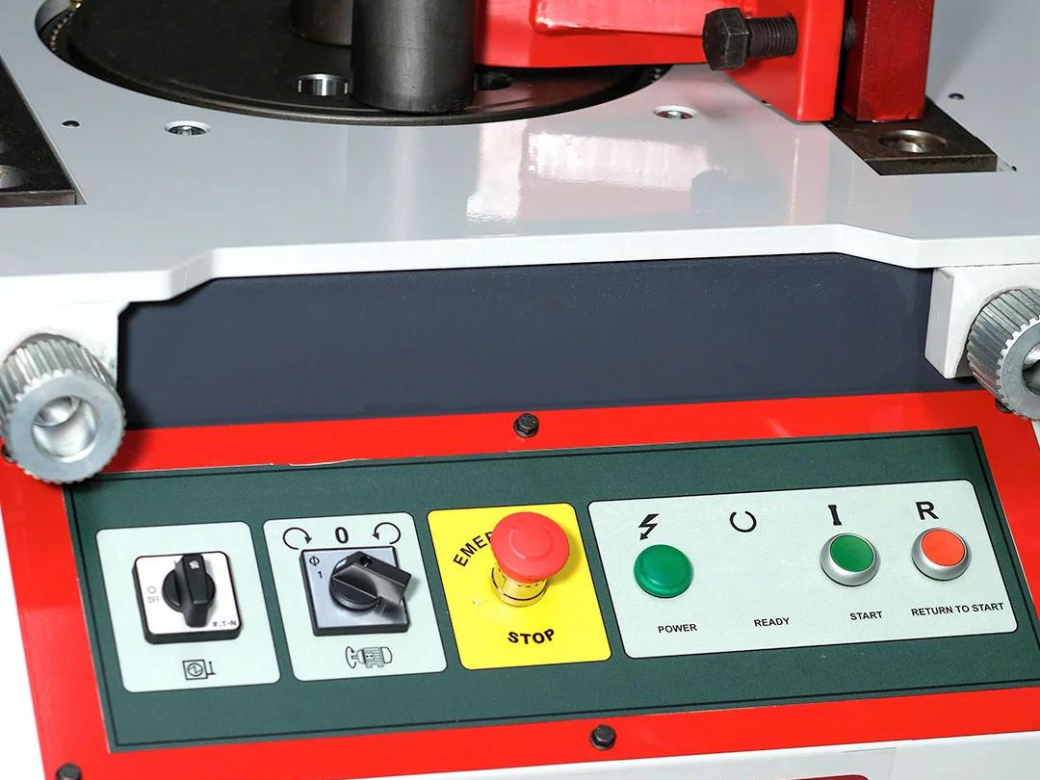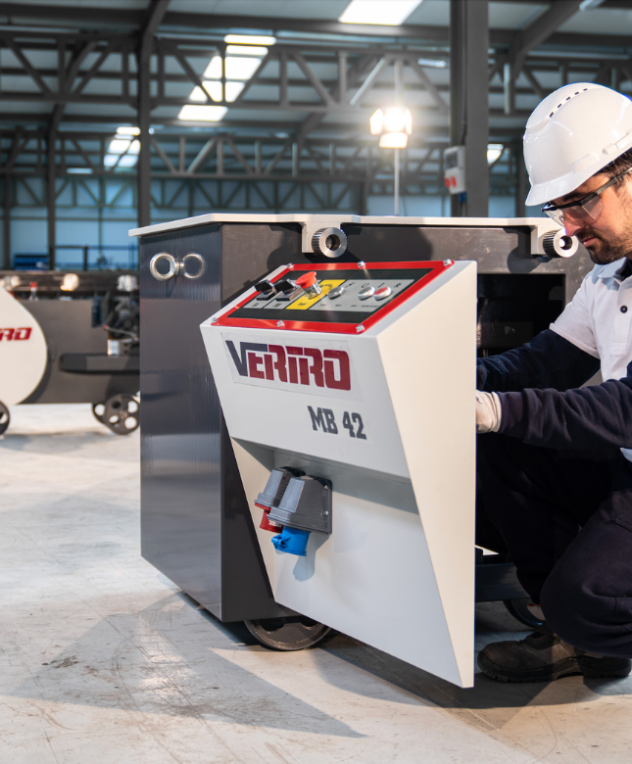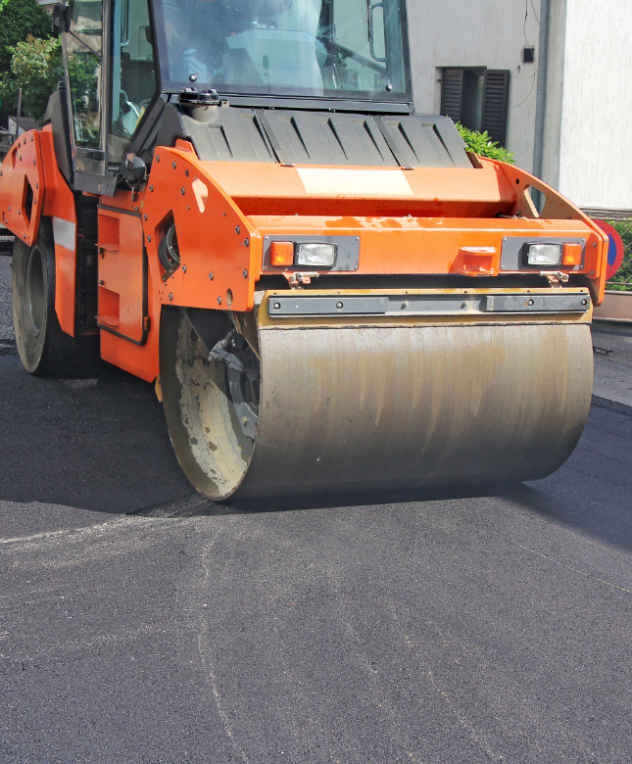
Exploring the World of Bending Machine Specifications
EXPLORING THE WORLD OF BENDING MACHINE SPECIFICATIONS
Here’s an overview:
- Introduction to Bending Machines
- Types of Bending Machines
- Key Components of Bending Machines
- Understanding Bending Machine Operations
- Safety Precautions when Using Bending Machines
- Common Bending Defects and How to Avoid Them
- Maintenance and Troubleshooting of Bending Machines
- Advancements in Bending Machine Technology
- Applications of Bending Machines in Various Industries
- Choosing the Right Bending Machine for Your Needs
Introduction to Bending Machines
Bending machines are industrial tools used to bend sheet metal and other solid materials to specific angles. These machines come in various types, such as press brakes, tube benders, and profile bending machines. They are essential in metalworking industries for creating various shapes and structures with precision. Bending machines are equipped with features like computer numerical control (CNC) systems for accurate and repeatable bending operations. Understanding the basics of bending machines is crucial for selecting the right machine for specific bending tasks.
Types of Bending Machines
- Press Brake: Utilised for sheet metal bending, offering precision and versatility.
- Roll Bending Machine: Ideal for creating cylindrical shapes like tubes and pipes.
- Tube Bending Machine: Specialised for bending tubes and pipes without distortion.
- Profile Bending Machine: Designed for shaping profiles and bars with precision.
- Plate Rolling Machine: Specifically used for rolling metal plates into curved shapes.
Key Components of Bending Machines
- Frame: Provides structural support and stability during the bending process.
- Bending Tool: The part of the machine that actually bends the material.
- Backgauge: A mechanism that helps position the material accurately for bending.
- Control Panel: Allows the operator to input bending specifications and control the machine.
- Hydraulic System: Provides the force needed to bend the material efficiently.
- Clamping System: Holds the material in place during bending.
- Safety Features: Such as emergency stop buttons and safety guards to protect operators.
- Tooling: Different dies and punches used for various bending applications.
Understanding Bending Machine Operations
- Bending machines are versatile tools used in various industries for shaping sheet metal.
- They work by clamping the material between a punch and a die, then applying pressure to bend the material.
- Different bending methods include air bending, bottoming, and coining, each used for specific applications.
- Operators must carefully set parameters such as bend angle, material thickness, and tooling selection for precise bends.
- Understanding material properties and machine capabilities is crucial for efficient and accurate bending operations.
Safety Precautions when Using Bending Machines
- Always wear appropriate personal protective equipment (PPE) such as gloves, goggles, and steel-toe boots.
- Familiarise yourself with the specific machine’s operating manual and guidelines before use.
- Ensure the work area is well-ventilated and free from clutter to avoid accidents.
- Use machine guards and safety devices provided to prevent contact with moving parts.
- Double-check materials for defects or foreign objects that could cause damage to the machine.
- Never exceed the machine’s stated capacity to prevent overloading and potential accidents.
- In case of any issues or malfunctions, stop the machine immediately and notify a supervisor.
- Regularly inspect and maintain the bending machine to ensure it is in optimal working condition.
- Train all operators on safe operating procedures and emergency protocols.
Remember that safety should always be the top priority when using bending machines.
Common Bending Defects and How to Avoid Them:
Poor material selection can lead to cracking or wrinkling during the bending process. Inadequate tooling maintenance may cause uneven bends or surface imperfections. Incorrect bend angles can result from inaccurate machine settings or operator error. Avoid overheating the material, which can weaken it and cause deformities. Insufficient support for the workpiece can lead to bending inaccuracies or distortion.

Maintenance and Troubleshooting of Bending Machines
Regularly clean the machine to prevent build-up of debris. Lubricate moving parts according to the manufacturer’s guidelines. Check and replace worn-out parts such as blades or clamps. Conduct routine inspections for cracks or signs of wear. Troubleshoot potential issues like inaccurate bending angles or motor malfunctions by referring to the machine manual. Contact a professional technician for complex repairs or troubleshooting beyond basic maintenance.
Advancements in Bending Machine Technology:
Bending machines have evolved with technological advancements. Modern bending machines offer higher precision and efficiency. The introduction of CNC technology has revolutionized bending processes. Automated features such as laser measurement systems enhance accuracy. Advanced software allows for complex bending sequences to be programmed.
Applications of Bending Machines in Various Industries:
Bending machines find extensive use in the automotive industry for shaping components like exhaust pipes and chassis parts. The construction sector benefits from bending machines for creating various structural elements like beams and columns. The aerospace industry utilizes bending machines for forming aircraft components such as panels and frames. Bending machines play a crucial role in the manufacturing of furniture by shaping metal or wood for items like chairs and tables.
Choosing the Right Bending Machine for Your Needs
- Consider the type of material you will be bending, such as metal or plastic.
- Evaluate the thickness and size of the material to ensure the machine can handle it.
- Look at the bending capacity in terms of length and force needed for your projects.
- Check the machine’s accuracy and repeatability for precise bends.
- Factor in additional features like automation, tooling options, and ease of use.
- Compare different brands and models to find the best fit for your specific bending requirements.






